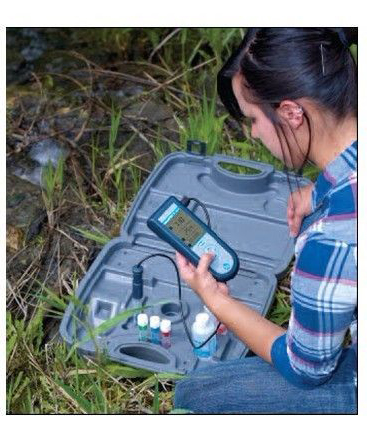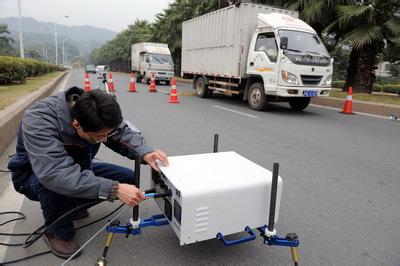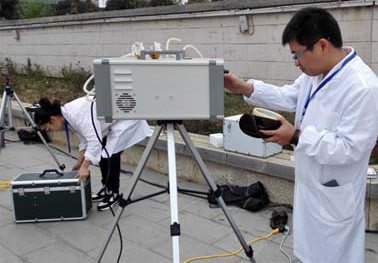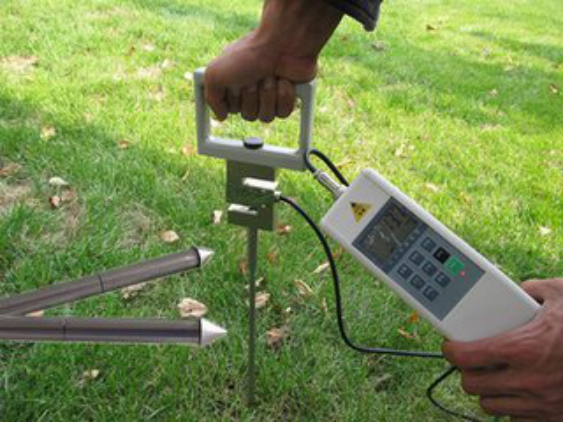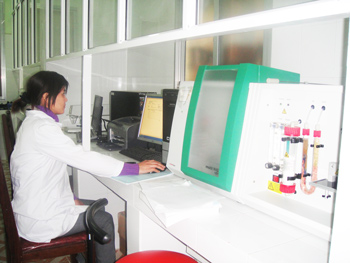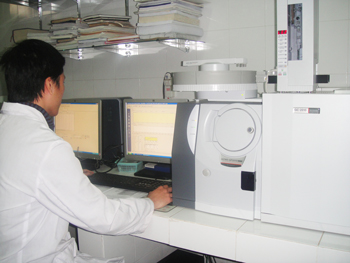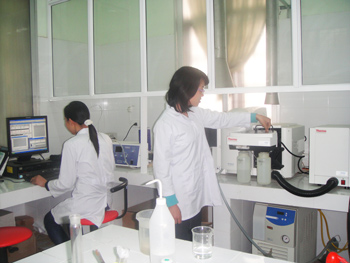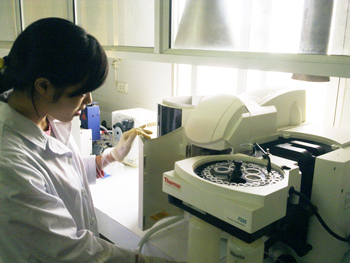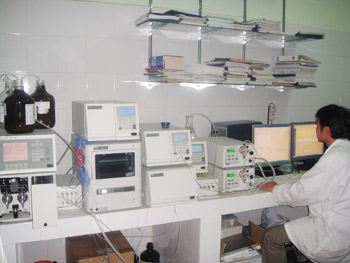HCM CITY — Industrial zones are destroying the environment, killing rivers and creating "cancer villages" in which many residents have become fatally ill, says Maj Gen Nguyen Xuan Ly, head of the Environmental Police Department (C49) of the Ministry of Public Security.
Over a million cubic metres of wastewater is discharged daily from industrial zones, accounting for 35 per cent of the country's discharged waste. Over 75 per cent of that waste is either improperly treated or released directly into environment, according to the department.
Through mid-2011, only 143 out of the total 232 industrial zones nationwide had installed wastewater treatment systems, with 30 others reporting that they were in the process of building them, according to C49 statistics.
Consequently, water resources were being contaminated en masse and rivers playing crucial roles in agriculture and the daily lives of people, such as the Nhue River and Cau River in the north and Dong Nai River in the south, have become gravely polluted, Ly said.
Sr Lt Col Luong Dai Thuy from the Environmental Police Department in the southern province of Dong Nai said that violators were also using increasingly elaborate tricks to avoid being cited as polluters, including pumping wastewater directly underground, using wastewater as a water supply for firefighting, or digging wells to store wastewater.
Industrial zones in the province were discharging over 72,000cu.m of waste per day but only 49,000cu.m was being collected for treatment, Thuy said.
Col Luong Minh Thao, deputy head of C49, also affirmed that companies had built underground sluices to release untreated waste into the environment or were only operating treatment systems when they were being inspected.
Meanwhile, fines for violations remained modest. Last year, environmental police departments in 22 localities collected fines of VND2.5 billion (US$120,000), and inspectors from the Viet Nam Environmental Administration collected fines of just VND1.7 billion ($81,000) after inspecting 51 industrial zones.
The deputy director of the Institute of Environmental Protection and Tropical Technology, Phung Chi Sy, said that periodic inspections were barely effective. He suggested the State invest in observation stations to monitor the quality of wastewater discharged from industrial zones so that companies could not falsify data.
Ly said that the Government had approved a project to install advanced testing technology at industrial zones, and he noted that C49 was developing a law on environmental policing, expected to be completed next year, in order to improve the legal framework in this field. Under the new law, fines for environmental violations would be set at up to VND2 billion ($95,200), a penalty expected to more strongly deter violators, he said. — VNS


 English
English Vietnamese
Vietnamese